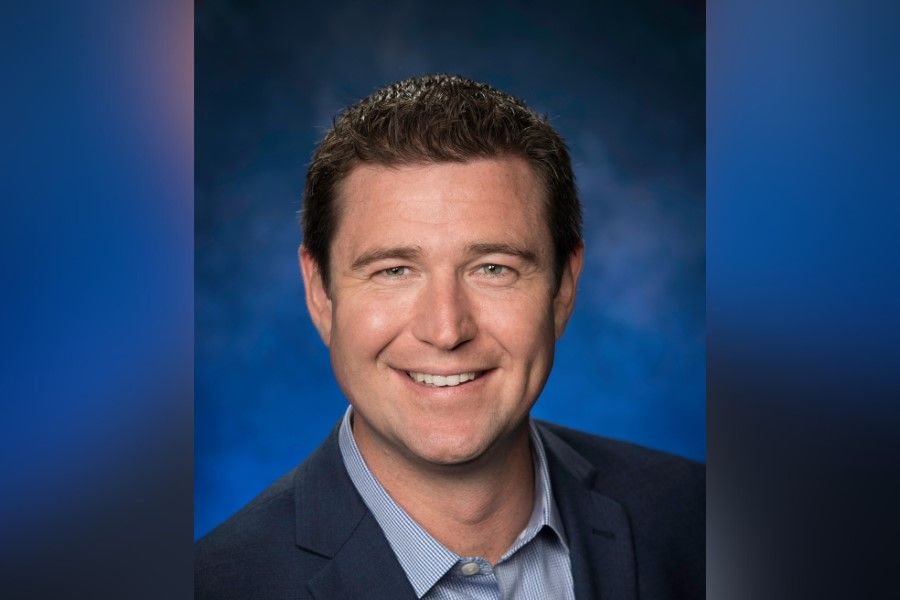Strategies for delaying required minimum distributions for working clients

Those who are 70 ½ and still on the job may be able to delay distributions from company plans.
Clients who turned 70 ½ in 2015 must generally begin required minimum distributions by April 1, 2016. That’s the required beginning date for most employees, but some people who have a company retirement plan can delay RMDs using the “still working” exception. The still-working exception only applies to company plans; it never applies to IRAs.
Depending on the circumstances, an employee’s required beginning date is either April 1 in the year after they turn age 70 ½ or April 1 of the year after they separate from service with the employer sponsoring the applicable plan.
For the most part, clients are retired by the time they reach age 70½, but occasionally they enjoy their job enough, or need the income badly enough, to continue working beyond that age. In such cases, the client may be able to continue delaying RMDs until the year they retire.
Somewhat surprisingly, there is no formal definition of “still working” in either the tax code or regulations. So, if a client is treated as an employee of the company, even if only working, say, one day a month, it appears he or she could meet the definition of “still working” and avoid RMDs until completely retired.
MORE THAN 5% OF FIRM
However, the still-working exception does not apply if clients own more than 5% of the company. In those cases, RMDs must begin by April 1 of the year following the year they turn age 70 ½.
Something else to consider that almost no one seems to know: The 5% ownership hurdle doesn’t just count the plan participant’s own stake in the company, it also includes the ownership percentages of certain other family members, such as a spouse or child.
For example, Harold and Diane are married, each is 72 years old, and each owns 3% of ABC Corporation. They each also have a 401(k) balance in the ABC Corporation. Harold still works 30 hours per week, but Diane has retired. Despite the fact that Harold is still working and does not personally own more than 5% of the corporation, he must take an RMD from his ABC Corporation 401(k) because together he and his wife own 6% (more than 5%) of the company.
The still-working exception also only applies if the company plan allows for it. Although many plans today have incorporated the exception, there is no requirement that they do so.
The still-working exception only applies to a plan sponsored by the company for whom the employee is still working. Suppose your client works for ABC Company beyond age 70 ½ and participates in the company’s 401(k) plan. In addition, the client has two 401(k)s from past employers. All three 401(k)s allow the still-working exception and your client is not more than a 5% owner of any of the businesses. In this situation, your client could only defer taking RMDs from the ABC Company’s 401(k) plan, since that’s the only company for which he still works.
STRATEGY TO DELAY ALL RMDS
If your client is still working or intends to beyond age 70 ½, is not more than a 5% owner of the company with the plan, and the employer plan allows the still-working exception, there may be a way to delay RMDs on all of the client’s retirement account assets.
If this is something that might appeal to your client, you should check and see if the employer-sponsored retirement plan also allows rolling in funds from other retirement accounts. If it does, then it appears that once those other funds have been rolled into the client’s plan, RMDs can be deferred on those amounts as well until the client separates from service.
If the client will be age 70 ½ or older in the year the other retirement account funds are rolled into the plan with the still-working exception, the client must take their RMD from those other accounts prior to making the rollover. An RMD cannot be rolled over, even if the rollover is a direct rollover.
A quick word of caution: There is nothing in the tax code or regulations that specifically confirms this strategy. It appears to work, though, and there is no published guidance to the contrary. To be safe, however, it’s probably best to get the blessing of your client’s CPA or tax advisor, especially if you provide an “I don’t give tax advice” disclaimer.
Ed Slott, a certified public accountant, created the IRA Leadership Program and Ed Slott’s Elite IRA Advisor Group. He can be reached at irahelp.com.
Learn more about reprints and licensing for this article.







